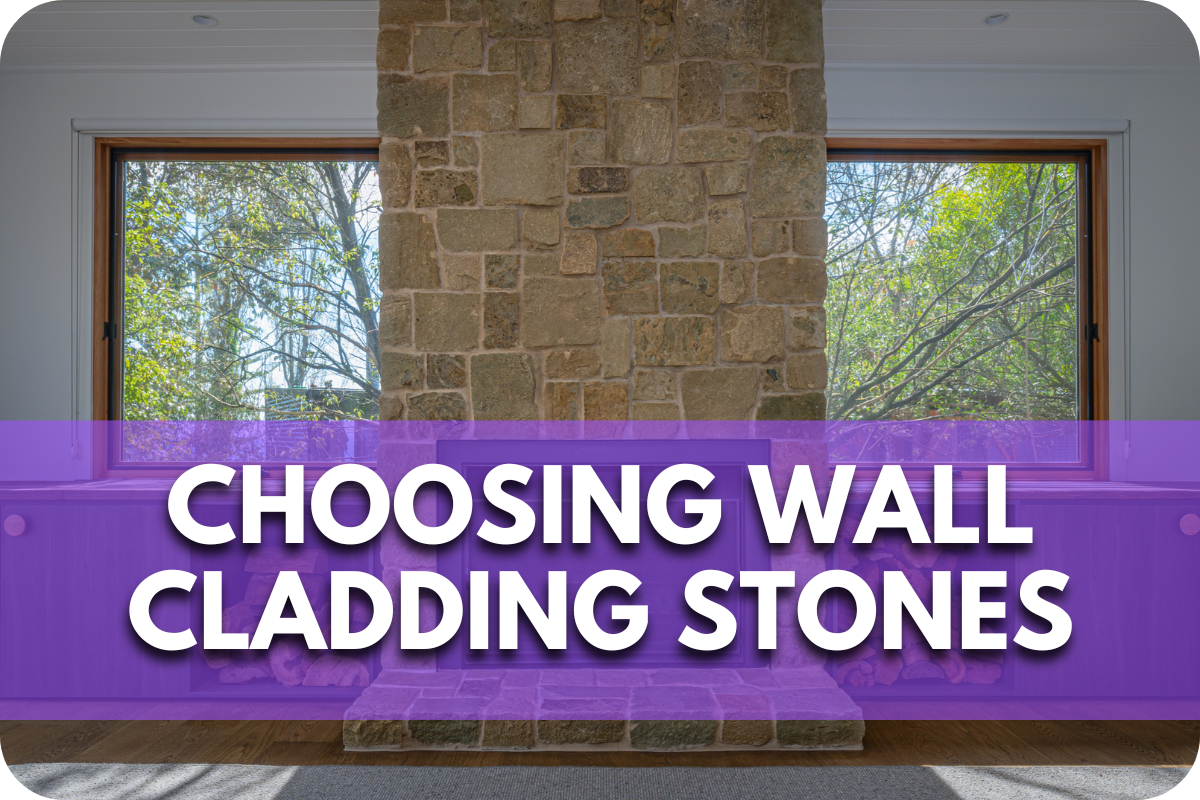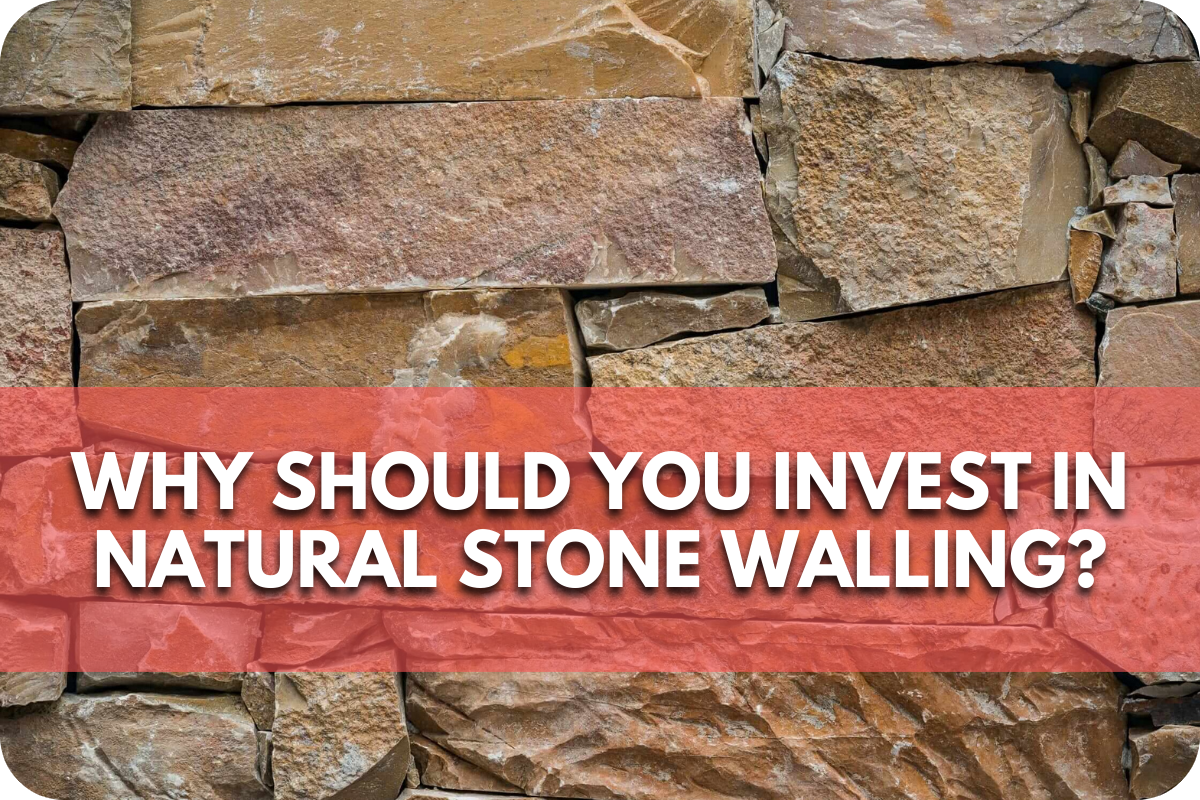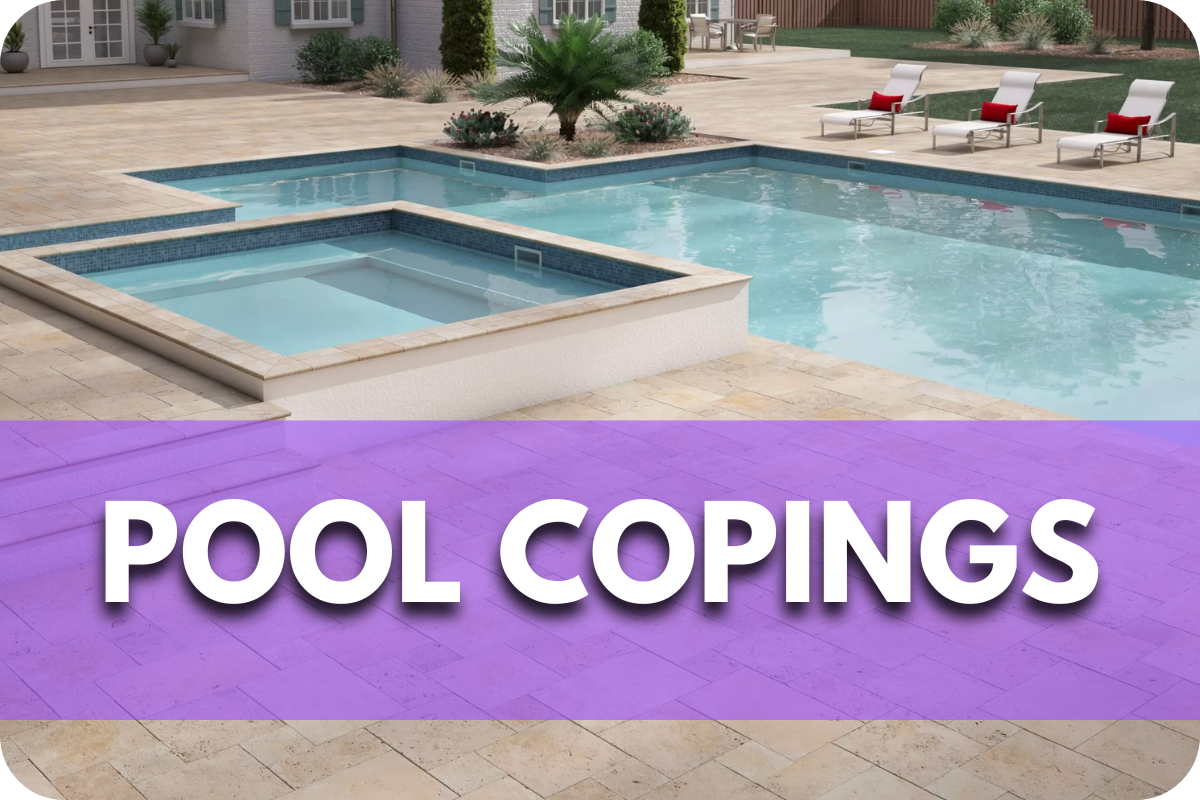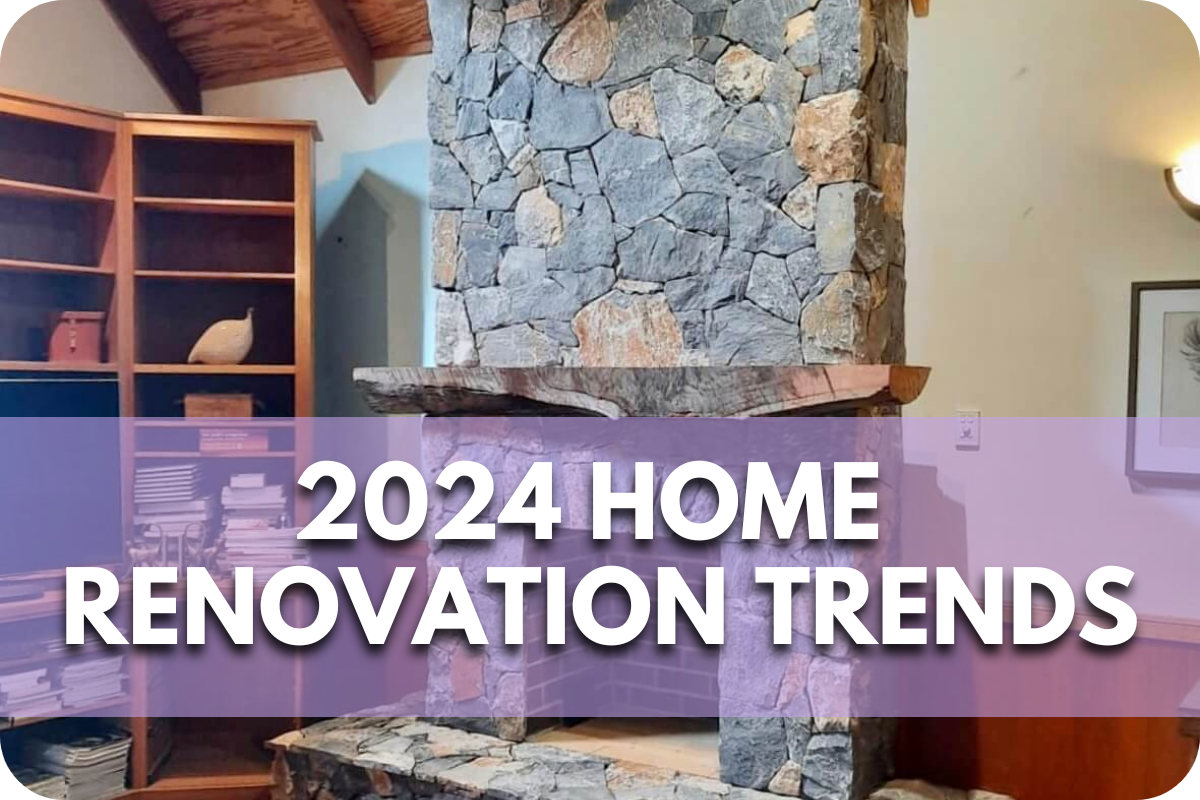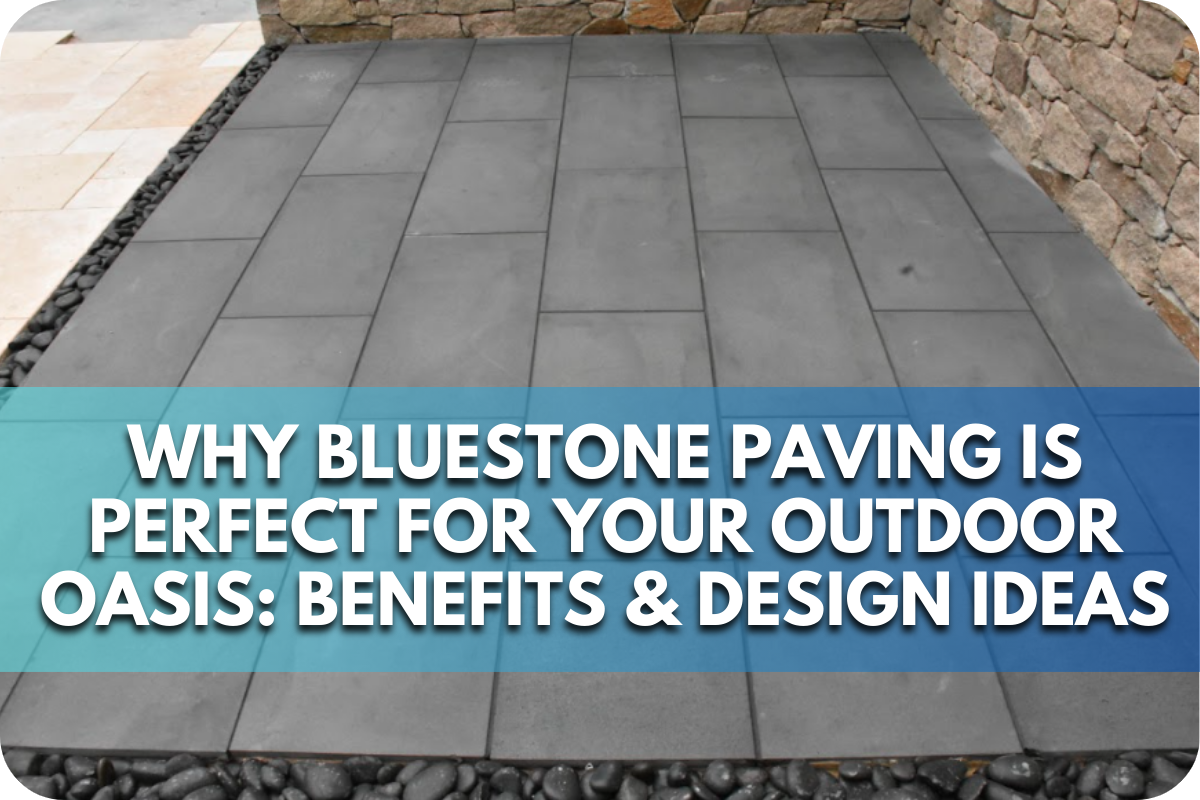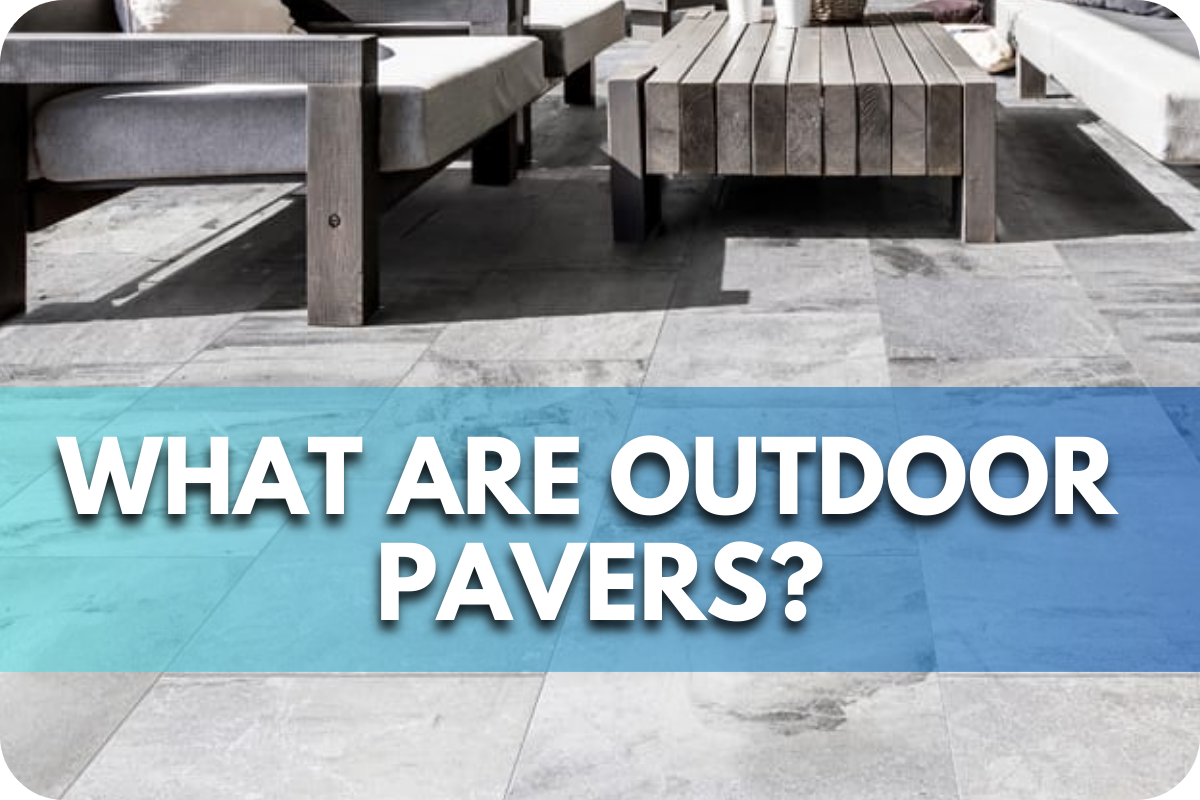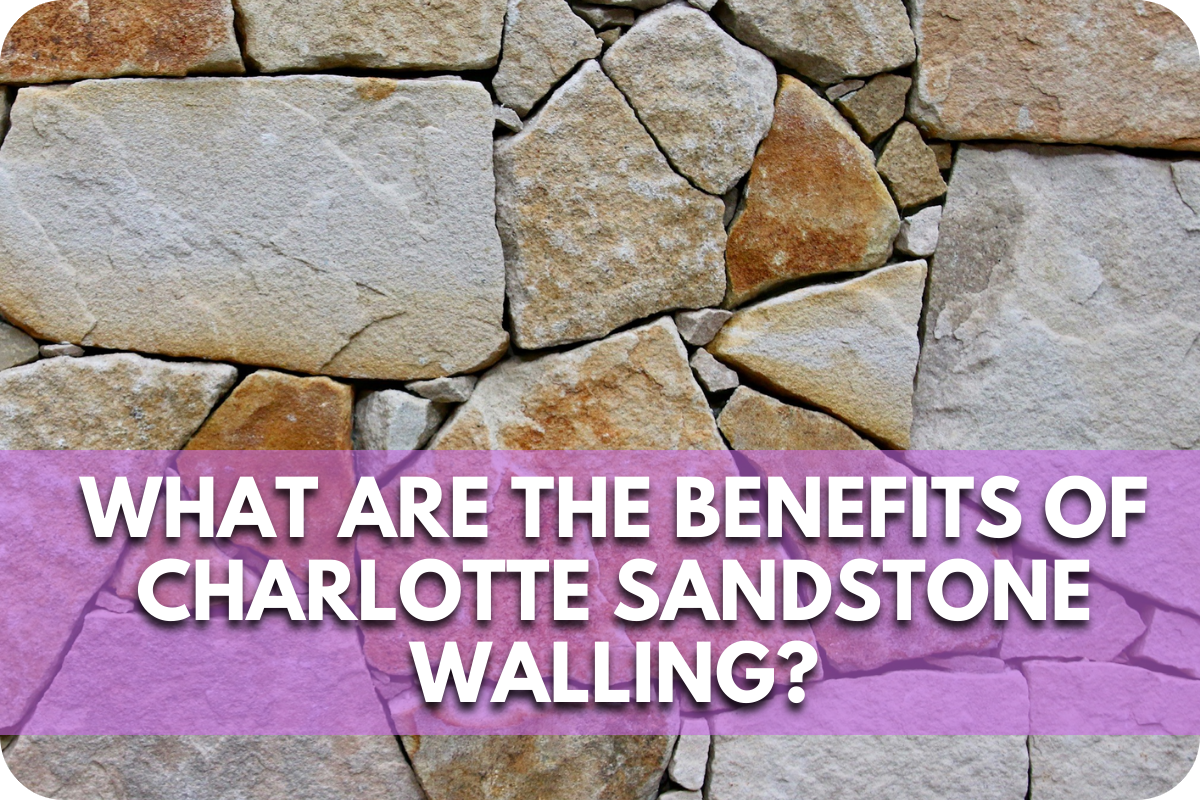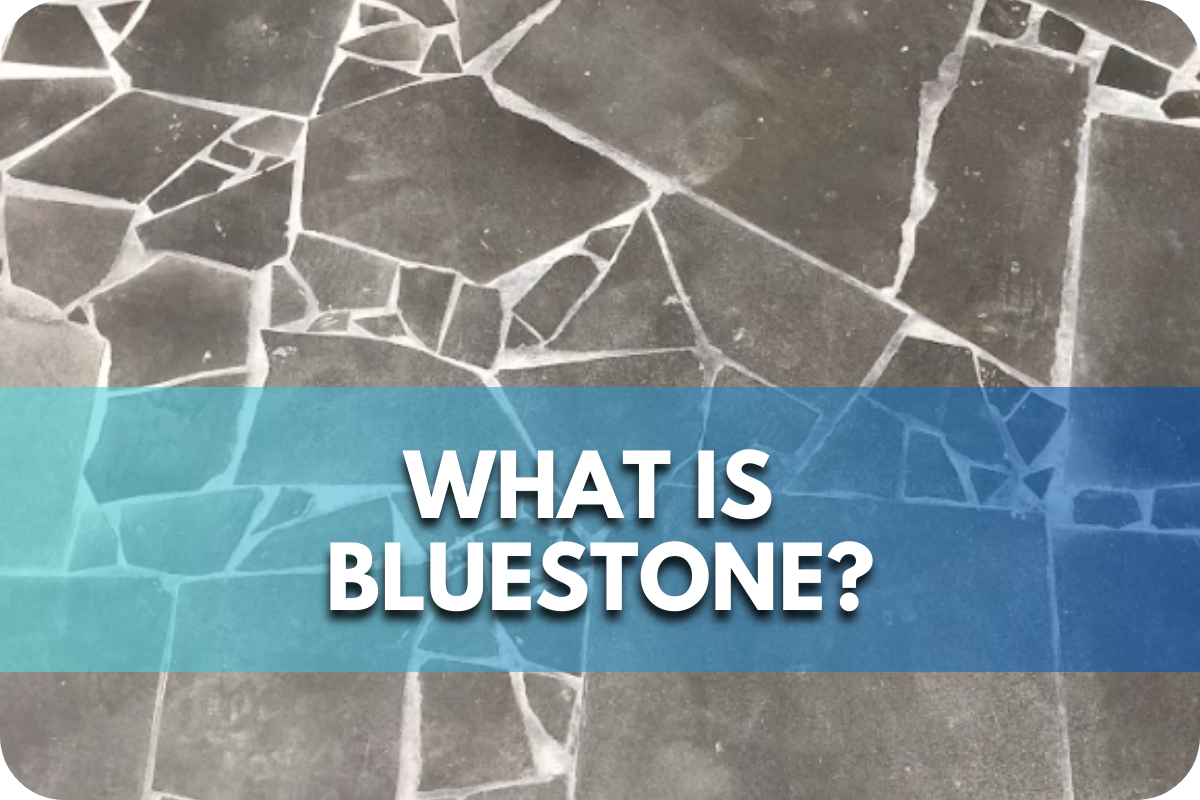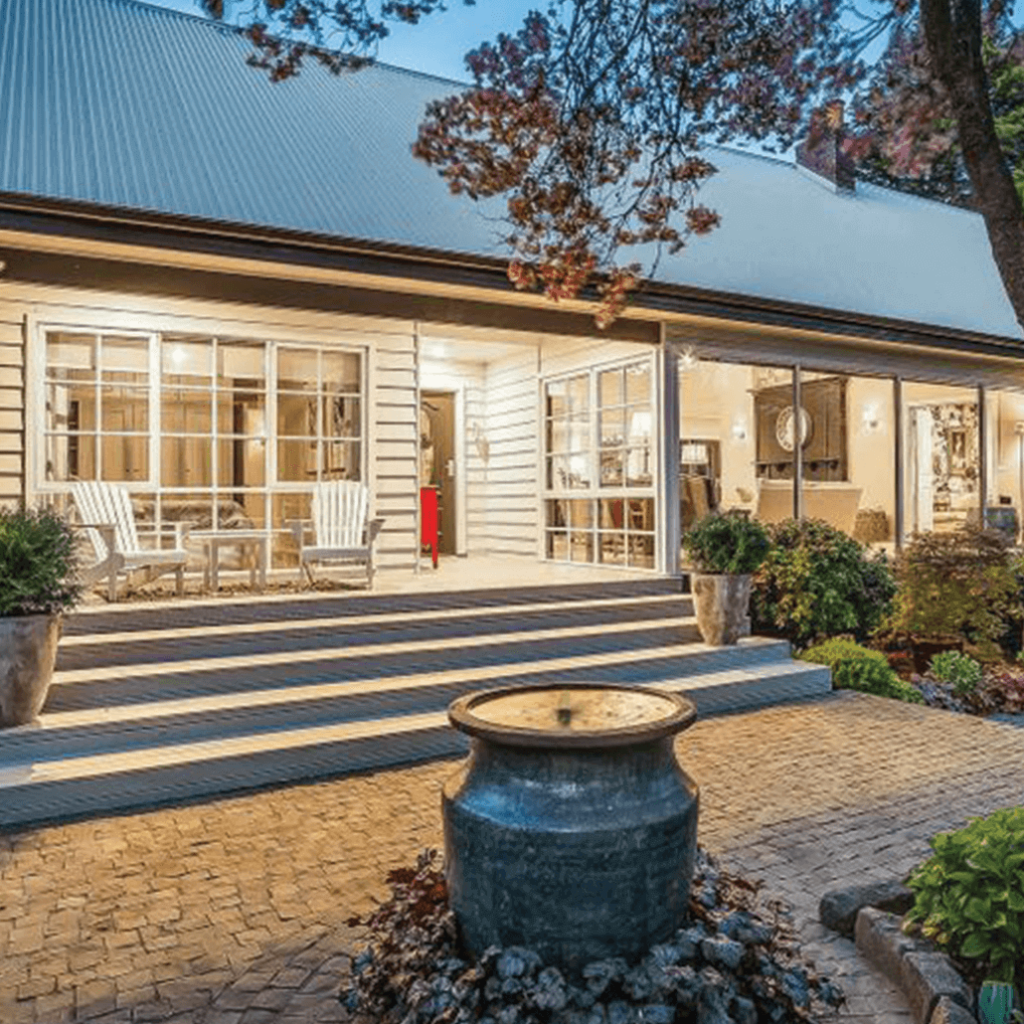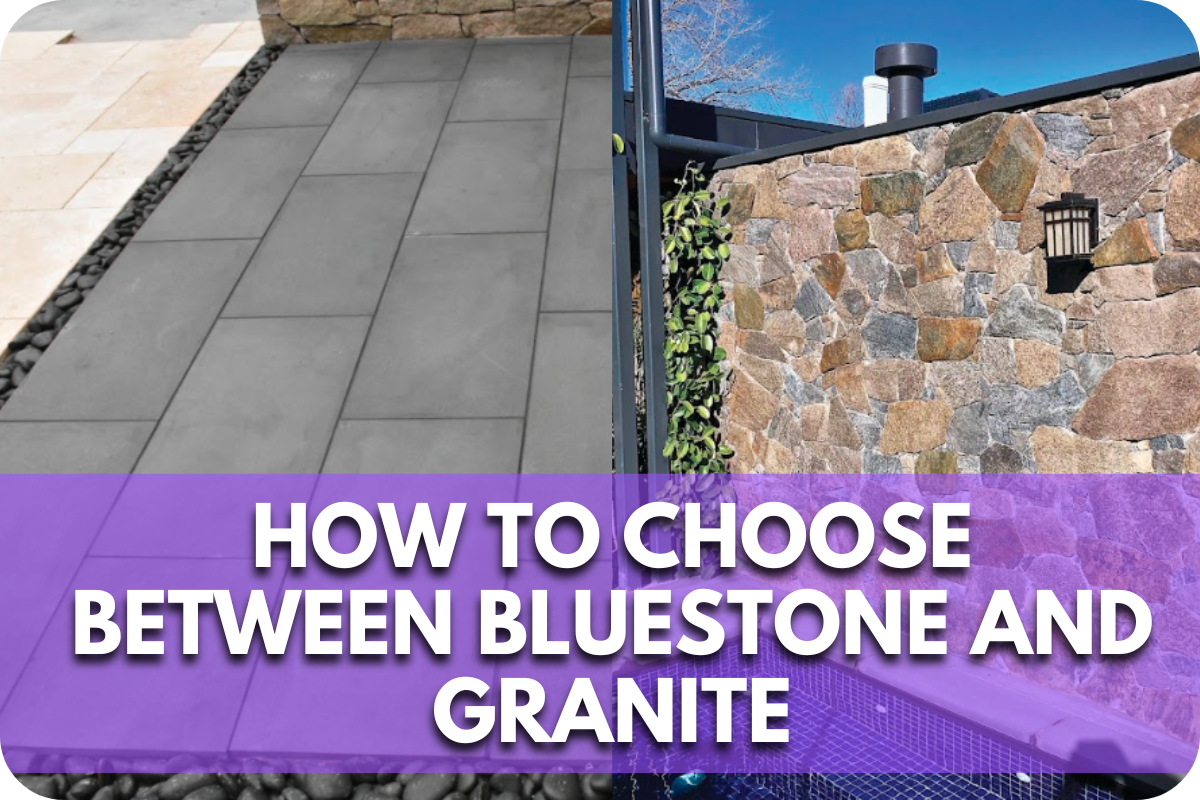Choosing Wall Cladding Stones: A Checklist
Struggling to select the ideal wall cladding stones for your project?
With so many options available, it’s easy to feel overwhelmed and make costly mistakes. Choosing the wrong material can result in poor aesthetics and durability issues.
Our comprehensive checklist simplifies the decision-making process, ensuring you choose the perfect wall cladding stones that meet your needs for beauty, durability, and functionality.
1. Determine Your Style and Aesthetic
Choosing the right wall cladding stones begins with determining the style and aesthetic you want to achieve. Start by considering your property’s architectural style. The cladding should complement and enhance the overall design.
For instance, a modern home may benefit from sleek, smooth stones with clean lines, while a rustic property might look best with rough, natural stones that add a touch of rugged charm.
Decide on the desired look and feel of your cladding. Are you aiming for a modern, minimalist appearance, a traditional and classic look, or a rustic and earthy vibe? Your choice will influence the type of stone you select.
Modern aesthetics often use stones like slate or honed limestone for their smooth, uniform appearance.
Traditional styles may incorporate more textured stones like granite or sandstone, offering a timeless appeal. For a rustic feel, consider using fieldstone or ledge stone, which provides a natural and rugged look.
Explore different stone textures, colours, and finishes to find the perfect match for your vision. Textures can range from polished and smooth to rough and rugged, each adding a unique character to your space.
Colours vary widely, from neutral tones like beige and grey to more dramatic hues like deep reds and blacks. Finishes, whether natural, honed, or polished, also play a crucial role in achieving the desired aesthetic.
2. Assess Durability and Strength
Selecting durable materials for wall cladding is crucial to ensure long-lasting results and protect your investment. Durable stones withstand the test of time, resisting wear, weather, and other environmental factors that could compromise their integrity.
Compare the hardness and strength of different stone types.
Granite is among the hardest and most durable stones available, making it an excellent choice for high-traffic areas or harsh climates.
Sandstone and limestone, while not as hard as granite, offer good durability and are suitable for many exterior applications. Slate is another strong option, particularly valued for its resistance to water and its ability to maintain its appearance over time.
Consider the specific environmental conditions of your location. In areas with extreme weather conditions, such as heavy rain, strong winds, or high humidity, selecting stones with high resistance to moisture and temperature fluctuations is essential.
For instance, stones like granite and slate perform well in wet and humid climates due to their low water absorption rates.
Conversely, limestone, while durable, might require sealing to protect against moisture in such environments.
3. Evaluate Maintenance Requirements
Understanding the maintenance needs of various stones is crucial when choosing wall cladding. Different stones have different upkeep requirements, which can affect the longevity and appearance of your cladding.
Consider the ease of cleaning and upkeep for each stone type. For example, granite and slate are relatively low-maintenance, requiring only occasional cleaning with mild soap and water to keep them looking their best.
Their natural resistance to stains and scratches makes them ideal for busy or exposed areas. In contrast, softer stones like limestone and sandstone may need more frequent cleaning to prevent the buildup of dirt and grime.
Evaluate the need for sealing and protection. Some stones, particularly those with higher porosity, like limestone, sandstone, and certain types of marble, benefit from regular sealing to protect against moisture, stains, and weathering.
Sealing can enhance the stone’s durability and preserve its appearance over time.
Granite and slate, on the other hand, are less porous and may not require sealing as frequently, though periodic sealing can still help maintain their look and extend their lifespan.
4. Check for Compatibility with Existing Structures
When selecting wall cladding stones, ensuring that the chosen stone complements your existing materials and structures is essential. The aesthetic harmony between the new cladding and the current architectural elements can significantly impact the overall appearance and value of your property.
Choose a stone that matches or enhances your existing facade’s colour, texture, and style, ensuring a seamless and cohesive look.
Assess the stone’s compatibility with other building elements, such as windows, doors, and trim. The stone should coordinate with these elements in terms of colour and style to create a unified design.
For instance, sleek, modern stones might pair well with contemporary glass and metal features, while rustic stones could complement traditional wooden frames.
Consider the structure’s weight and load-bearing capacity. Natural stone cladding can be heavy, so it’s crucial to ensure that the existing walls and foundation can support the additional weight.
Consult with a structural engineer if necessary to evaluate the load-bearing capacity and determine if any reinforcements are required. Additionally, check the installation method for compatibility with your current structure, as different stones may require specific fixing systems.
5. Consider Installation Process
Natural stones like granite and slate require precise cutting and fitting, making them more labour-intensive. Veneer or manufactured stones may come in modular pieces, making them easier to handle and install. Understand the installation demands to plan accordingly.
Research local contractors who are experienced with your specific type of stone. The availability of skilled professionals can affect the timeline and cost of your project. Secure their services early in the planning process to avoid delays.
Consider DIY Options and Necessary Tools and Materials: Some stones, like interlocking veneer panels, are designed for easier DIY installation. Basic tools needed for DIY projects may include a masonry saw, adhesive, and level. More complex installations may require specialised tools and expertise, making DIY challenging.
6. Assess Cost and Budget
When choosing wall cladding stones, assessing cost and budget is crucial to ensure your project stays within financial constraints while achieving the desired outcome.
Compare the Costs of Different Stone Options
- Natural stones like granite and marble are often more expensive due to their durability and aesthetic appeal, with prices ranging from AUD $60 to AUD $120 per square metre.
- Manufactured stones and veneers are generally more affordable, typically costing between AUD $40 and AUD $80 per square metre.
- Consider other factors such as the rarity of the stone and the source of materials, as these can affect prices.
Factor in Installation, Maintenance, and Long-Term Costs
- Installation costs vary depending on the stone’s complexity and the availability of skilled labour. Natural stones might require more specialised installation, increasing costs.
- Maintenance costs also vary; for example, some stones may need regular sealing and cleaning, adding to long-term expenses.
- Evaluate the longevity and durability of the stone to understand its value over time. Investing in a more expensive but durable stone can save money on repairs and replacements.
Determine the Budget and Prioritise Accordingly:
- Establish a clear budget that includes all costs: material, installation, maintenance, and potential repairs.
- Prioritise essential features such as durability, aesthetic appeal, and ease of maintenance.
- If budget constraints exist, consider using a mix of premium and more affordable materials to balance costs while achieving the desired look
7. Verify Quality and Source
Ensuring the quality and authenticity of wall cladding stones is essential for a successful project. Here’s how to verify the quality and source:
- Ensure the Quality and Authenticity of the Stone: Inspect samples for consistency in colour, texture, and finish. High-quality stones should have uniform characteristics and minimal flaws. Verify the stone’s origin and type to ensure you get genuine material. For instance, some stones may be labelled as marble or granite but could be imitations.
- Check for Certifications and Sourcing Practices: Look for certifications guaranteeing the stone’s quality and sustainability. Certifications from organisations like the Natural Stone Council can assure you of the stone’s authenticity and environmental standards. Inquire about the supplier’s sourcing practices. Ethically sourced stones are not only environmentally friendly but also often of higher quality due to better extraction and processing methods.
- Consider Reputable Suppliers and Manufacturers: Choose suppliers and manufacturers with a solid reputation in the industry. Established companies are more likely to provide high-quality, authentic stones. Read reviews and ask for references to gauge the supplier’s reliability. A reputable supplier will have positive feedback and a track record of satisfied customers.
8. Look at Sustainability and Environmental Impact
When choosing wall cladding stones, it’s important to consider their sustainability and environmental impact. Here’s how to make an eco-friendly selection:
- Evaluate the Environmental Footprint of the Stone: Assess the environmental impact of the stone’s extraction, processing, and transportation. Locally sourced stones typically have a lower carbon footprint due to reduced transportation distances. Consider the energy and water required for processing the stone. Stones that require minimal processing, such as natural stones in their raw form, tend to have a lower environmental impact.
- Consider Eco-Friendly and Sustainable Options: Look for stones certified by environmental standards, such as those from the Natural Stone Council, which ensure responsible quarrying and production practices. Choose stones from suppliers who use sustainable practices in their production processes, such as reduced water usage, minimal chemical treatments, and renewable energy. Some suppliers also participate in land reclamation efforts to restore quarry sites after extraction.
- Check for Recyclable and Reusable Properties: Opt for stones that can be recycled or repurposed at the end of their lifecycle. Natural stone can often be crushed and reused in other construction applications, reducing waste. Consider the potential for the stone to be reused in its current form, such as using reclaimed stones from old buildings for new projects, which conserves resources and adds character to the design.
9. Plan for Future Maintenance and Repairs
When choosing wall cladding stones, planning for future maintenance and repairs is essential to ensure your installation remains beautiful and functional over time.
Here’s how to prepare:
- Anticipate Future Maintenance and Repair Needs: Understand the specific maintenance requirements of your chosen stone. Some stones, like granite and slate, are low-maintenance, while others, like limestone and sandstone, may need regular sealing and cleaning. Consider the environmental conditions your cladding will face. Exposure to extreme weather, pollution, or high humidity can increase the need for maintenance.
- Consider Availability of Matching Stones for Repairs: Ensure that the stone you select is readily available now and in the future. This is important for any necessary repairs or extensions to your cladding. Ask your supplier about the long-term availability of the stone. Quarry closures or changes in supply can make it difficult to find matching stones later.
- Plan for Regular Inspections and Upkeep: Schedule regular inspections to identify and address issues early, such as cracks, chips, or signs of wear. Early intervention can prevent minor problems from becoming major repairs. Establish a maintenance routine that includes cleaning, sealing (if necessary), and checking for any structural issues. This routine will help maintain the appearance and integrity of your cladding.
Wall cladding has many benefits. Check them out here.
Conclusion
Choosing the right wall cladding stones involves considering style, durability, maintenance, compatibility, cost, quality, sustainability, and future maintenance.
Follow this checklist for informed decision-making and to enhance your project’s longevity and aesthetic appeal.
For expert advice and high-quality stone options, contact us today. Transform your space with the perfect cladding stones!

